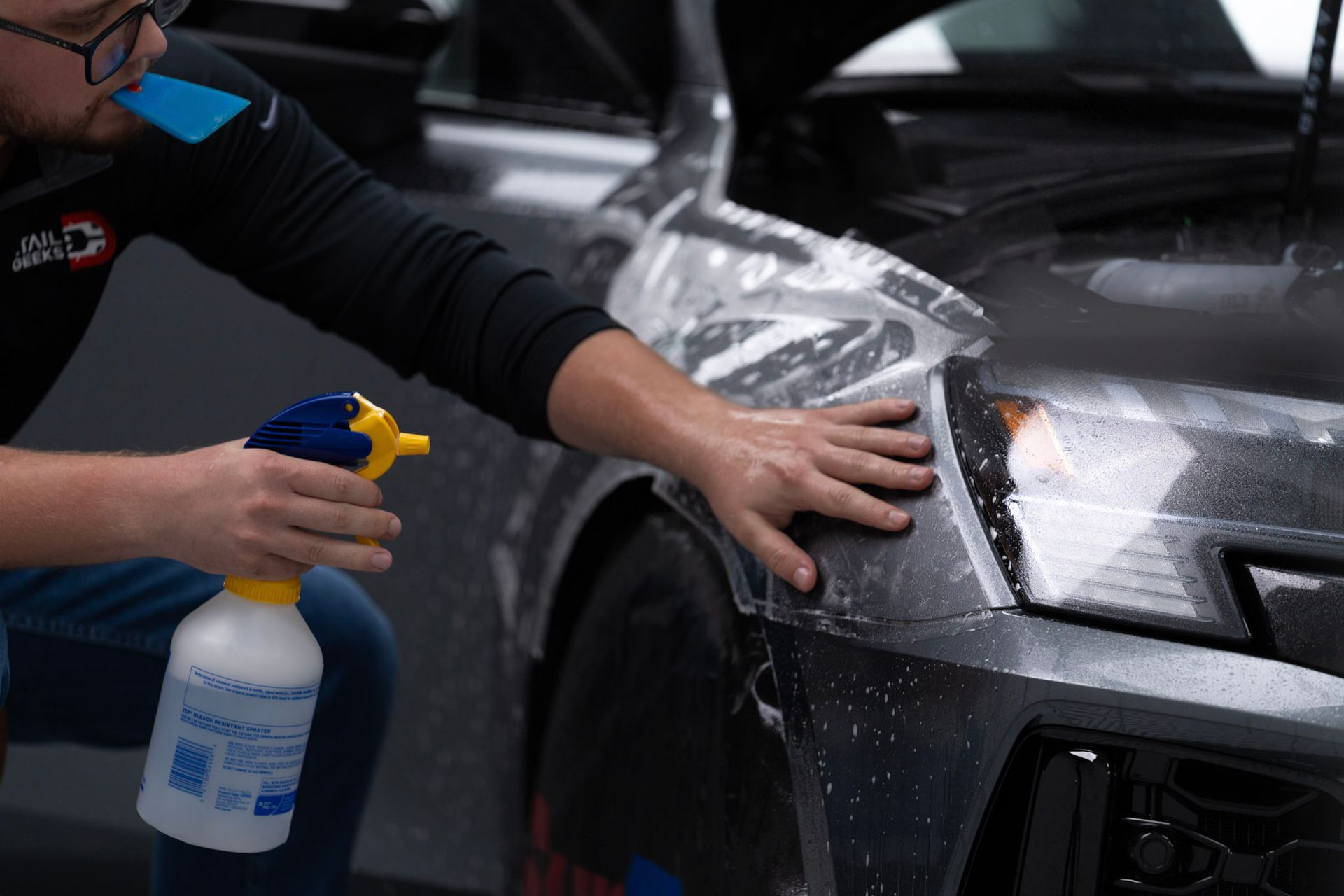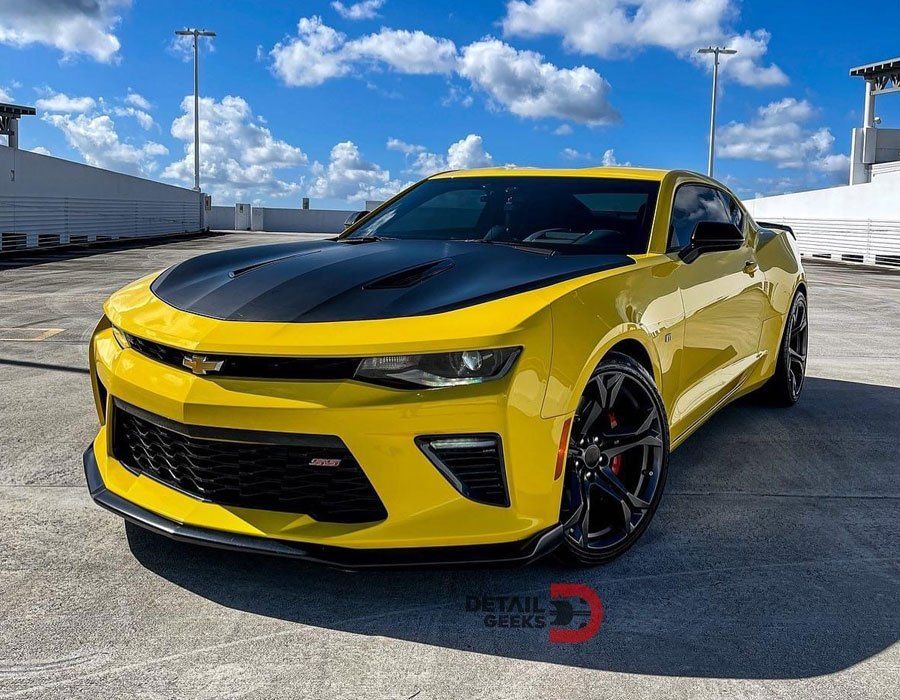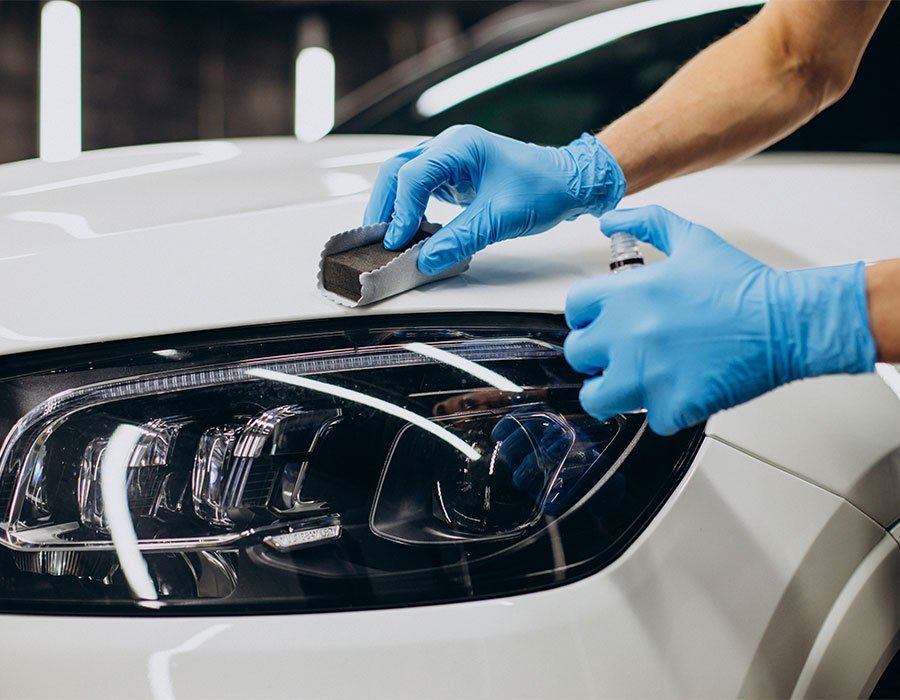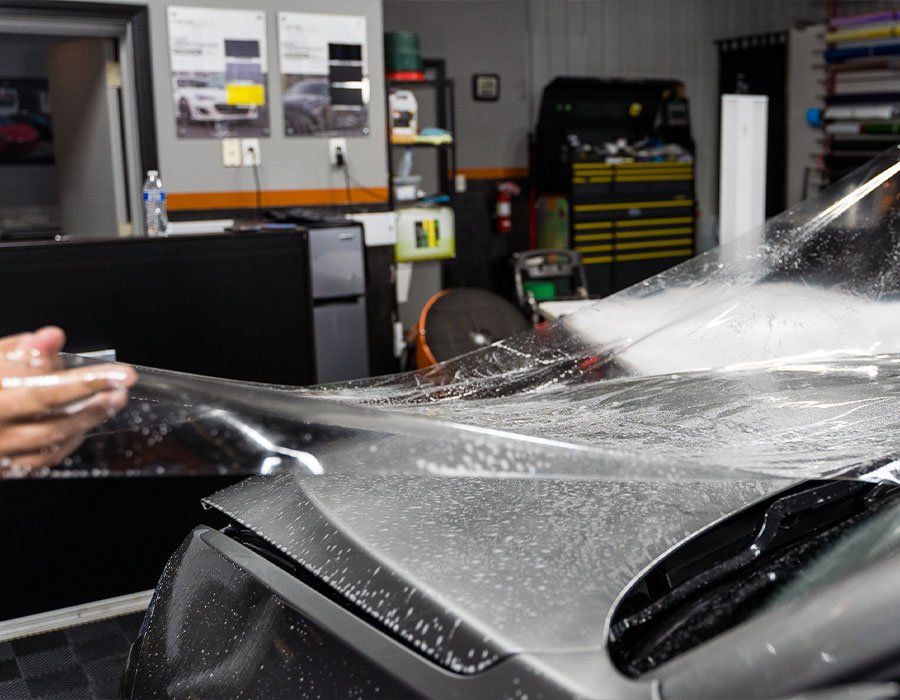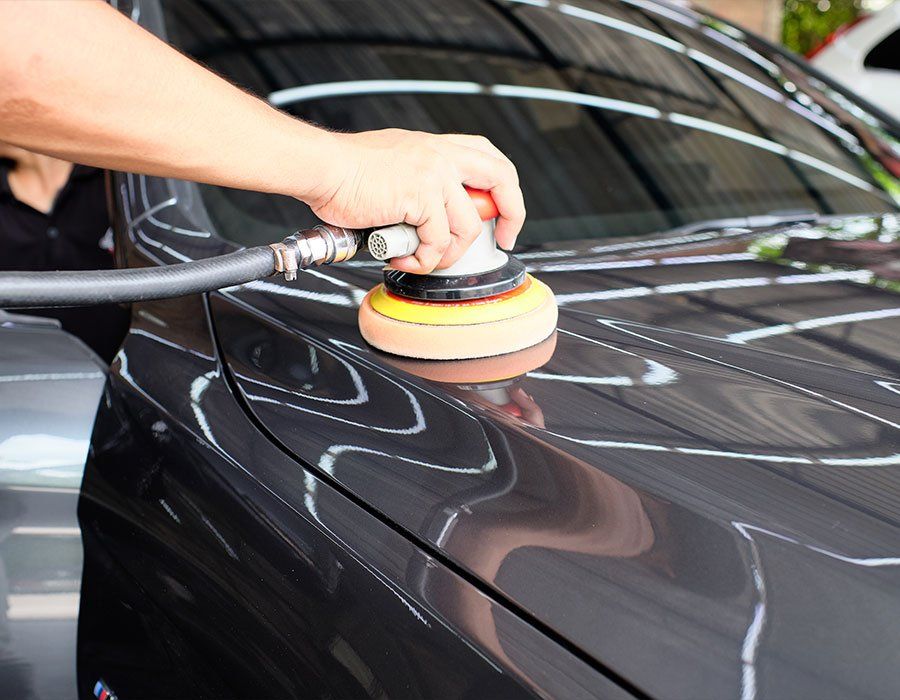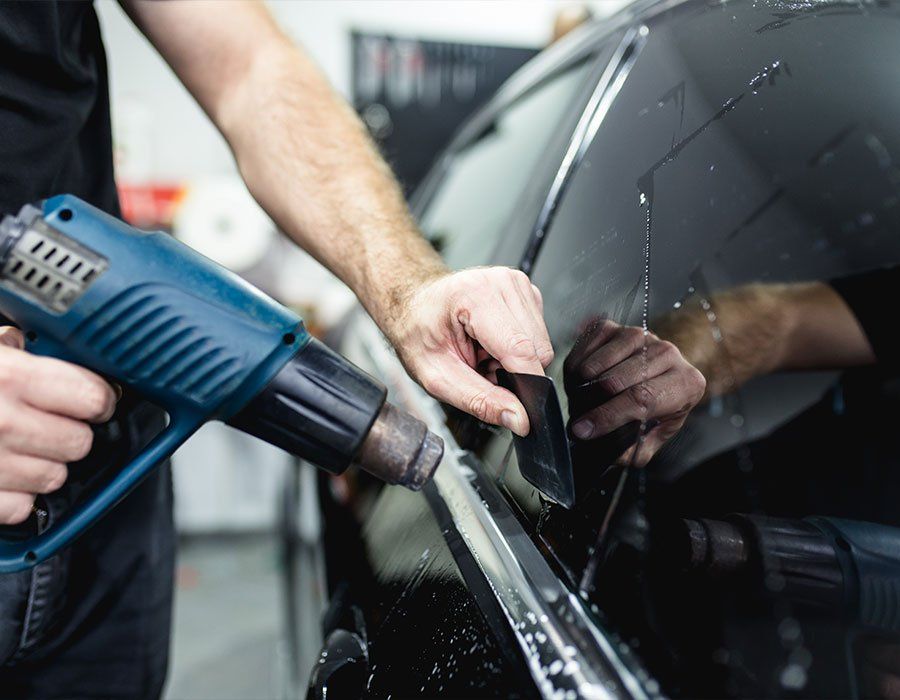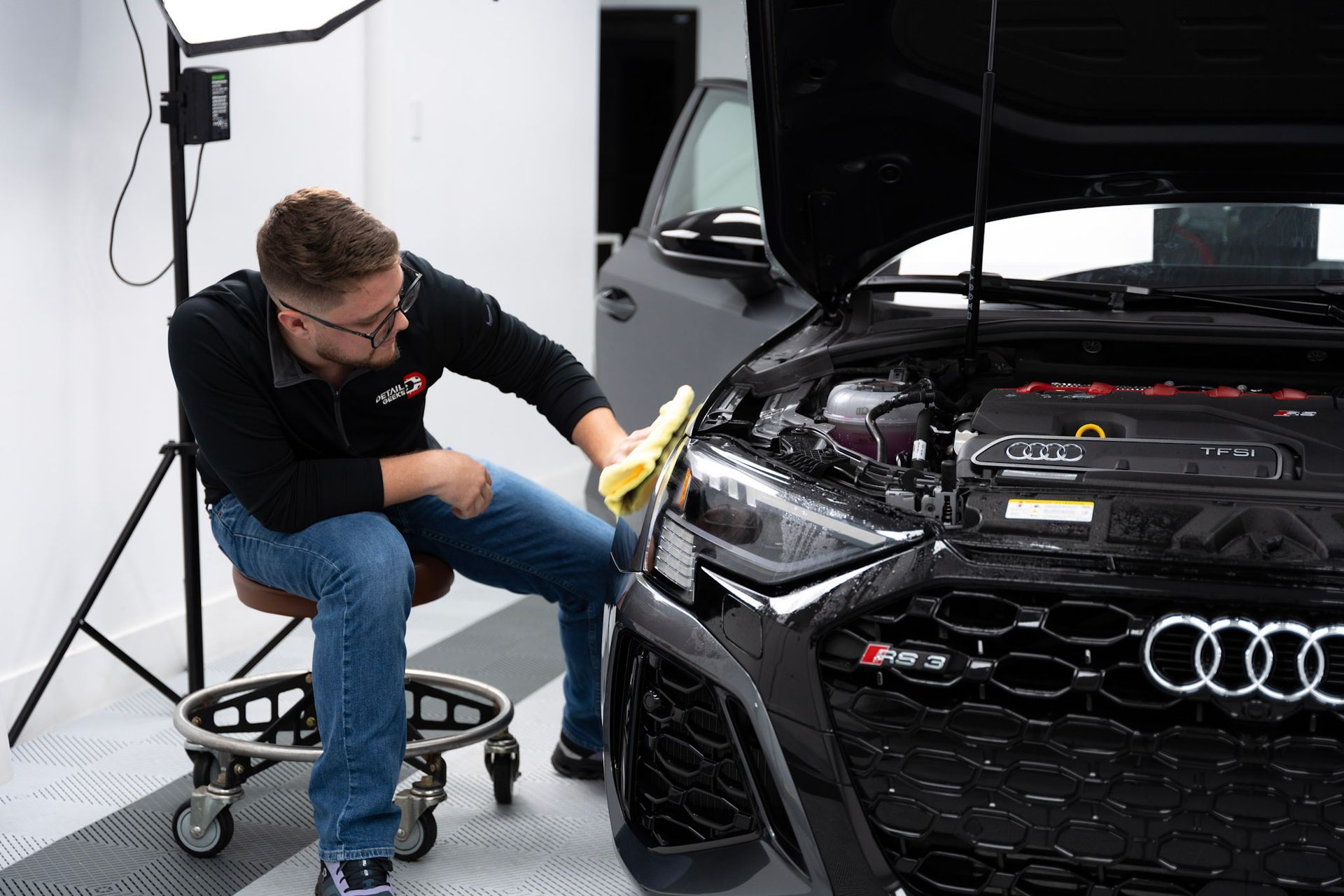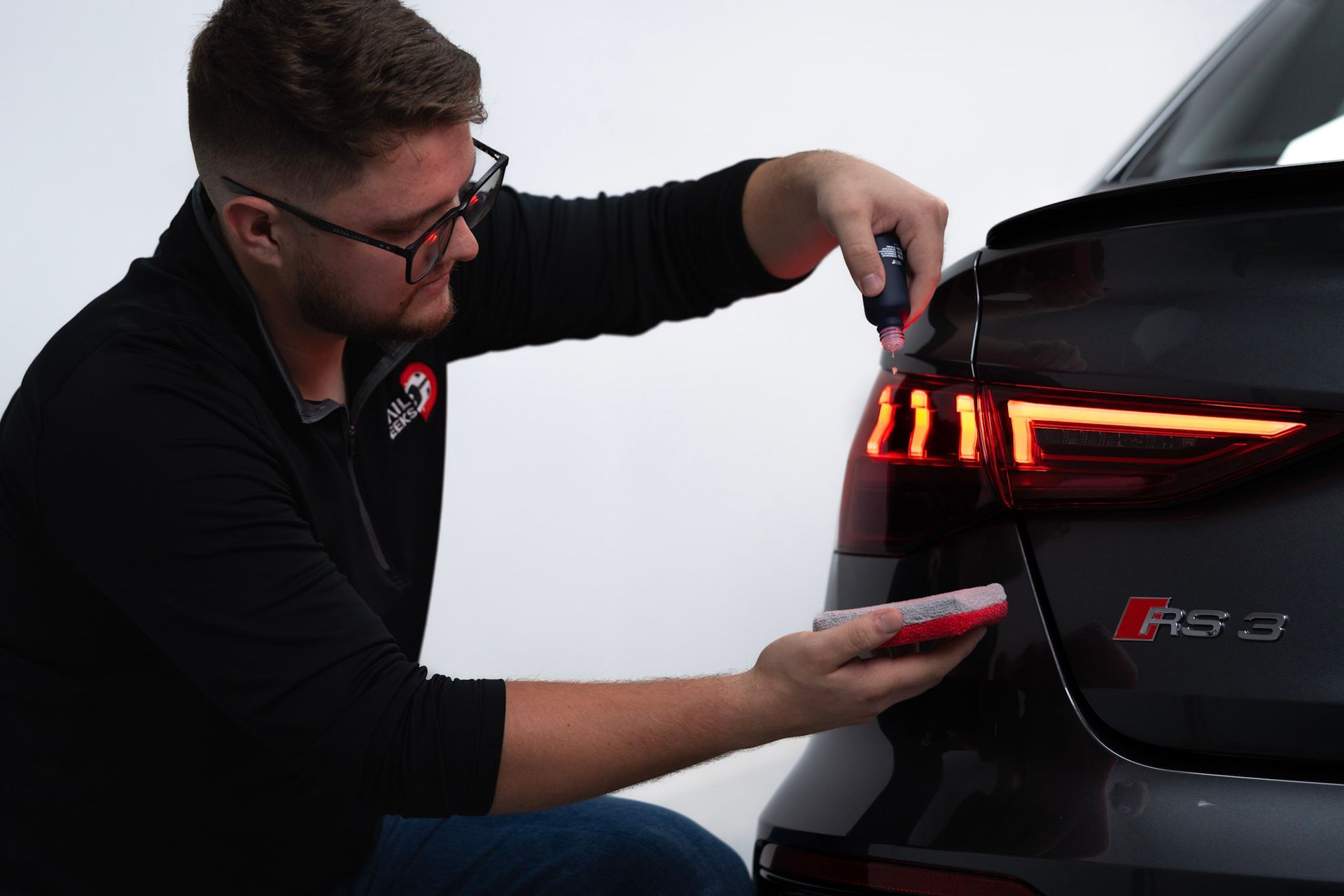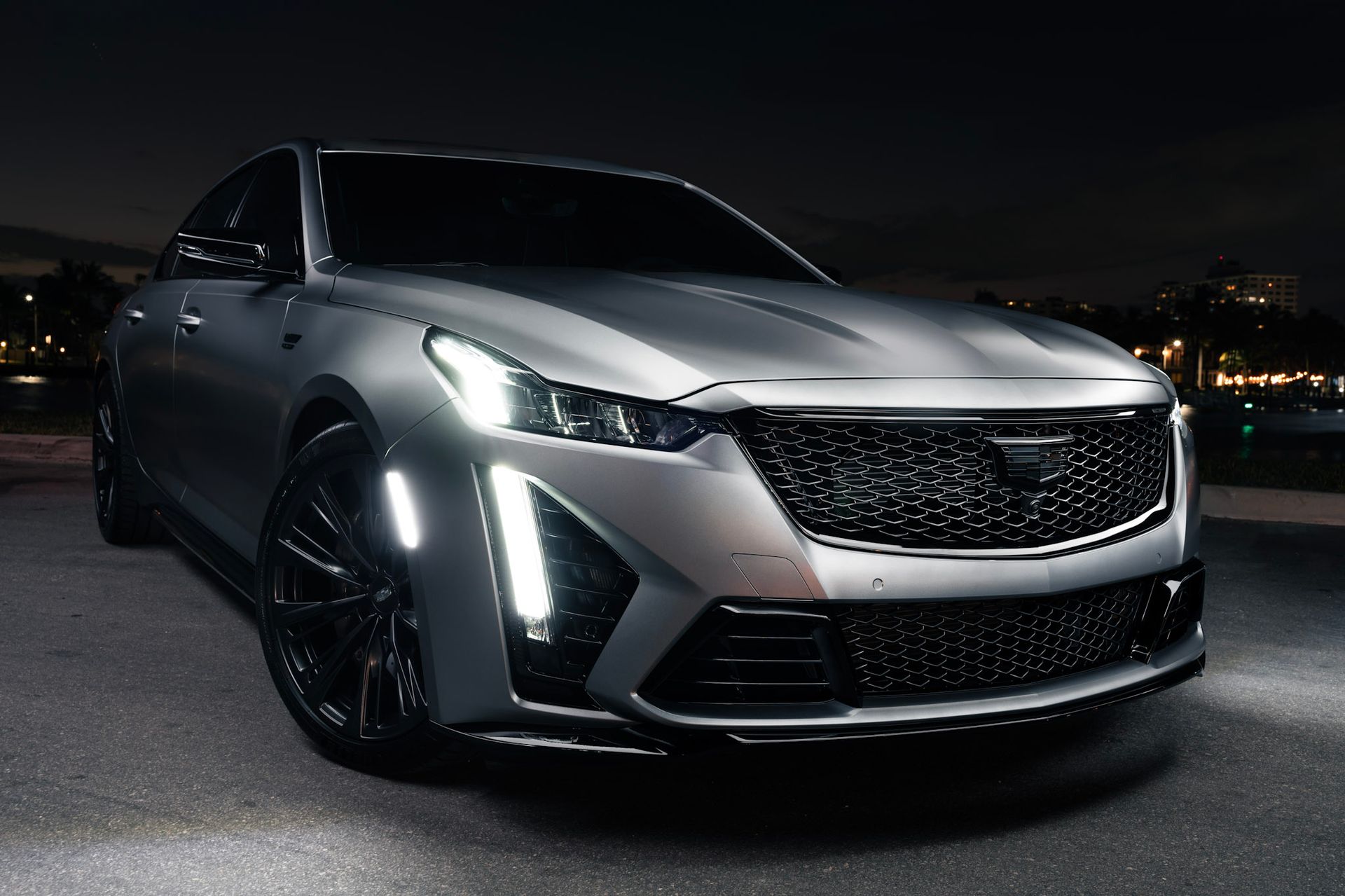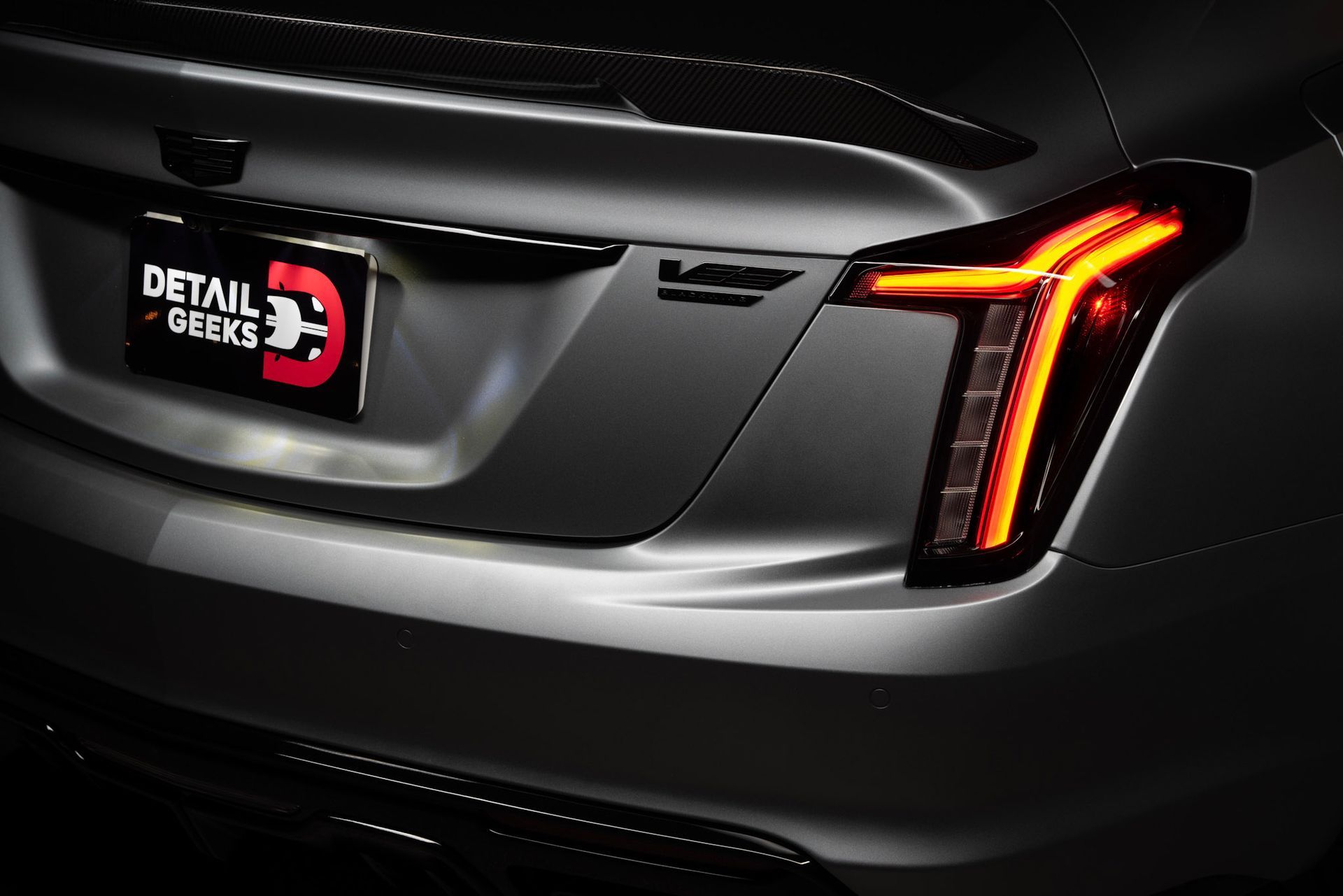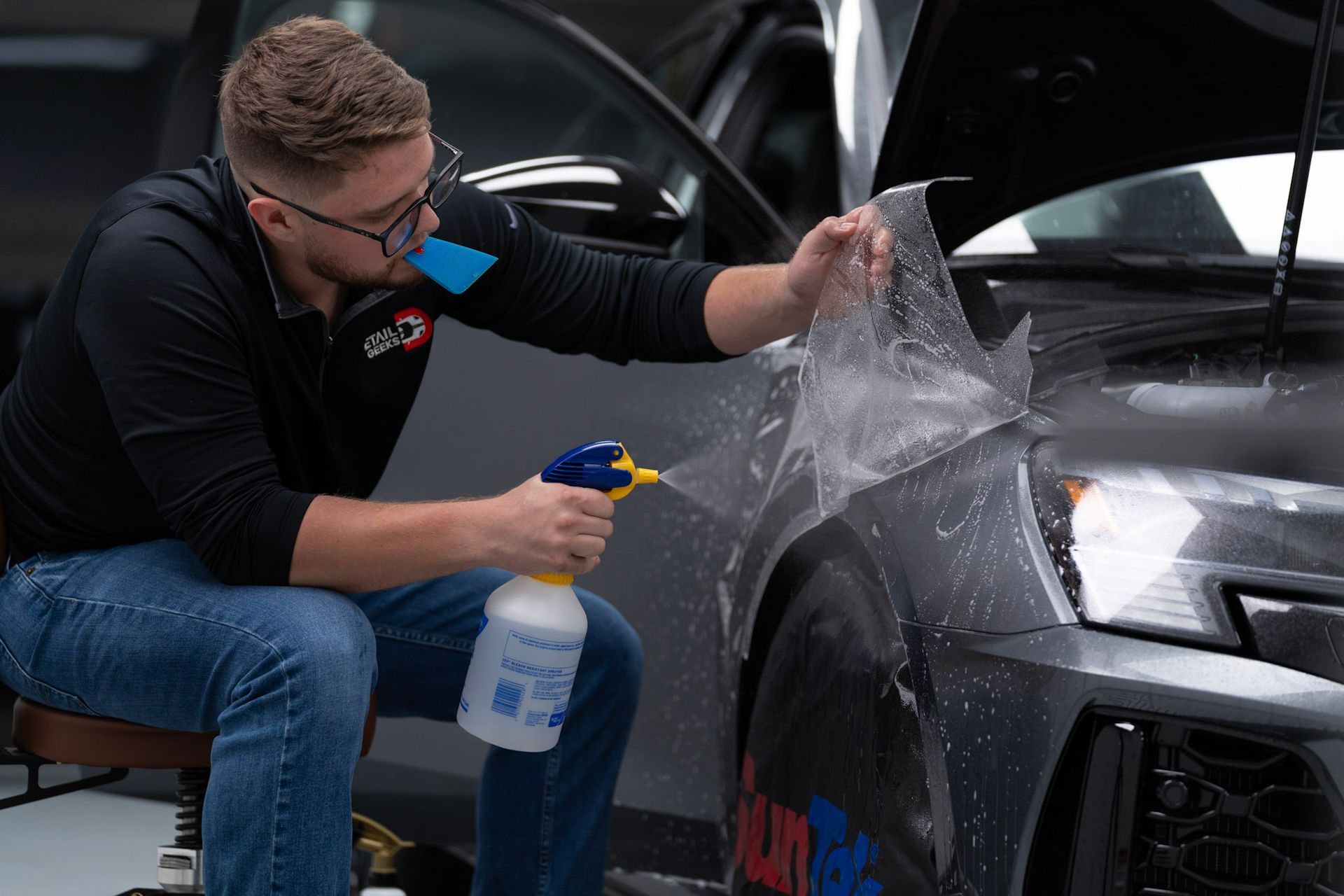Is Ceramic Coating Worth It? Here's What Every Car Owner Should Know
When it comes to keeping our cars looking sharp and shiny, many of us wonder if the latest trends in automotive care are really worth our time and money. One such trend that has gained a lot of attention is ceramic coating. You might have heard about its durability and ease of maintenance, but is it truly a game-changer for every car owner? To help you navigate this choice, we'll dig into the benefits and considerations surrounding ceramic coatings. By understanding what they offer—and what they don't—you can make a well-informed decision that suits your vehicle and lifestyle. So, let’s explore whether splurging on this protective layer is really the right move for you!
Ceramic coating is generally considered worth the investment for many car owners due to its long-lasting protection against environmental contaminants, ease of cleaning, and enhanced shine. However, it is essential to recognize that it requires regular maintenance and cannot prevent scratches or rock chips, so evaluating your personal care preferences and commitment to maintenance is crucial before making a decision.
Deep Dive Into Ceramic Coating
Ceramic coating is more than just a fancy protective layer for your vehicle; it represents cutting-edge technology that can significantly enhance your car's lifespan and appearance. At its core, ceramic coating is primarily made up of SiO₂ (silicon dioxide), which provides remarkable durability while promoting hydrophobic properties. This means water beads up on the surface, rolling off easily and reducing the likelihood of unsightly water spots. It's fascinating how a simple bond between silicon and oxygen can offer such immense protection.
Before application, understanding the importance of thorough preparation is crucial. A common misstep among DIYers is skipping this critical stage. If the underlayer isn't immaculate, the results will not only be subpar but could also lead to uneven bonding or premature degradation of the coating. Start by washing the vehicle meticulously to remove dirt and grime, followed by claying—using a special clay bar to eliminate embedded contaminants deep in the paint. For those who encounter minor scratches or swirls, paint correction may be necessary. This involves buffing out imperfections, ensuring an entirely smooth canvas for the coating.
After prepping your vehicle, it's time to apply the ceramic coating itself. The application requires an applicator pad designed specifically for this purpose, with many enthusiasts advocating for a crosshatch pattern to achieve uniform coverage. This technique helps ensure that every part of your vehicle receives an optimal layer of protection. After applying it across sections of your vehicle, patience is key—you must allow specific curing times as indicated in product instructions to let the coating bond properly with the paint.
While some may wonder whether a DIY approach can yield similar results to professional applications, bear in mind that experience counts.
Regular maintenance hinges on your level of commitment after ceramic coating application. It requires ongoing care—not just splashing water on it occasionally. Engaging in routine washes with pH-balanced shampoos free from waxes or sealants ensures you don’t jeopardize the hydrophobic qualities over time. Additionally, periodic applications of maintenance products can extend your coating’s effectiveness and enhance its overall performance.
Understanding ceramic coating encompasses knowledge of its core components, careful preparation during application, financial considerations, and dedicated maintenance to fully leverage its advantages for your vehicle. As we transition into discussing how these features specifically benefit car owners, we will explore practical enhancements that serve to elevate not only vehicle protection but also overall aesthetics.
Key Advantages and Enhancements
For many car enthusiasts, having a vehicle that stands out is just as important as its performance. This is where ceramic coating comes into play. First on the list of benefits is enhanced UV protection. Car owners often underestimate the damage inflicted by ultraviolet rays. This radiation accelerates paint oxidation over time, leading to a dull, faded appearance. With ceramic coating acting as a robust barrier, you can maintain that showroom shine for years to come.
Alongside UV protection lies another remarkable feature: hydrophobic properties.
Imagine standing in your driveway after a rain shower and watching water beads roll effortlessly off your car's surface without leaving behind unsightly water spots.
This transformation is due to the hydrophobic effect created by ceramic coatings. Not only does this characteristic make your vehicle easier to clean and reduce the frequency of washes, but it also minimizes contact with the paint itself—essentially lowering the chances of scratches or swirls. The water beads against the surface rather than cling to it, making both dirt and grime slide away with much less effort.
Now that we've mentioned ease in maintenance, it’s crucial to point out the improved durability that ceramic coatings bring to the table.
Unlike traditional waxes and sealants that may last a month or two, a quality ceramic coating can endure anywhere from 2 to 5 years depending on its formulation and application. This longevity means fewer trips to the detailing shop and more time enjoying your sparkling clean vehicle. This efficiency is particularly helpful for drivers who prefer spending their weekends on adventures rather than laboring over their car care routine.
But what about everyday hazards? That brings us to chemical resistance.
Vehicles regularly encounter contaminants that can wreak havoc on their surfaces, from acid-laden bird droppings to tree sap and road salt. Ceramic coatings protect against these damaging agents, preventing them from etching into the paintwork and causing permanent marks. The impressive chemical resistance means you can confidently park under trees without worrying about unsightly stains ruining your paint job.
Finally, let’s not forget about aesthetics—the appeal of a high-gloss finish.
One of the most satisfying aspects of applying ceramic coating is witnessing the dramatic improvement in your vehicle's appearance. The finish becomes deep and glossy, giving it that "just rolled off the assembly line" look. Many car owners relish this enhancement; it’s not just about protection but also about pride in ownership.
While all these advantages are compelling, it's essential for potential buyers to consider both sides before committing to this investment.
Potential Drawbacks and Costs
Ceramic coating, despite its many advantages, comes with expenses that can take some car owners by surprise. As previously mentioned, a professional ceramic coating service costs more, which largely depends on various factors such as your car's make and model and the quality of the product applied. This is a far cry from traditional waxes, which often cost significantly less upfront.
However, it’s crucial to think about it in terms of long-term investment. What you're paying for is not just a product; it’s meticulous application that promises durability and superior protection.
But let’s consider maintenance and some common misconceptions surrounding ceramic coatings.
While ceramic coatings indeed reduce how often you need to wash your vehicle, they do not eliminate the necessity for regular care. It’s vital to use pH-neutral car shampoos during washes to avoid stripping away the protective coating. Imagine spending a small fortune only to inadvertently remove your investment with harsh cleaning chemicals—defeating the purpose entirely!
Additionally, while these coatings offer enhanced resistance against scratches, many owners mistakenly believe their cars are invincible. In reality, no surface is entirely scratch-proof. Like a shield that can withstand blows yet might still bear marks, your ceramic-coated car also requires attention in order to maintain its pristine appearance.
Furthermore, additional concerns arise when weighing the pros and cons of applying ceramic coatings.
For one thing, the expertise needed to properly apply these coatings can't be overstated. The complexity of the process means that hiring an expert may be your safest bet, as mistakes during application can lead to costly repairs down the line. If an inexperienced individual attempts this task, they may end up with uneven surfaces or spots that are inadequately coated.
Also, it's worth noting that while ceramic coatings last several years, they're not permanent—wearing down over time necessitates reapplication every few years. This fact contrasts with many assumptions consumers have about "forever" solutions, emphasizing that proper research and understanding are essential.
Grasping these nuances will help car owners navigate their options more effectively. With this solid foundation about the considerations and realities of ceramic coatings, let's transition to examining how they stack up against other protective measures in the market.
Ideal Candidates for Ceramic Coating
When it comes to finding the right match for ceramic coating, those who genuinely prioritize their vehicle's appearance stand out. Owners of high-end or luxury cars frequently seek to retain their vehicle's aesthetic appeal and resale value. For them, investing in ceramic coating becomes less about convenience and more about ensuring that their investment remains immaculate over time. After all, a luxury car deserves exemplary care. The gloss and shine provided by ceramic coatings can significantly enhance the aesthetic appeal of these types of vehicles, making them truly stand out on the road.
Additionally, if you're someone living in an area with harsh weather conditions—think intense sunlight that fades paint, heavy rain causing damage, or even extreme industrial fallout—ceramic coating serves as a resilient barrier against these elements. It creates a durable shield that protects your vehicle from harmful environmental contaminants, allowing for peace of mind when parking outside or taking your car out on those rugged roads.
However, not everyone will find ceramic coating necessary or beneficial.
On the other hand, if you're budget-conscious or don’t mind performing regular maintenance, you may think twice before opting for ceramic coating. While it's true that its longevity can save money on frequent detailing or waxing, those who prefer a hands-on approach and are okay with regular washes might find traditional waxes or sealants just as effective—at a fraction of the cost. After all, if you’re someone who enjoys detailing your car and doesn’t mind putting in a little elbow grease, simpler alternatives might suit you better.
It's about personal preference; evaluating how much time and money you're willing to invest can help guide your decision. Think of it like choosing between a high-end chef's knife versus an everyday utility knife—both serve similar functions but align differently with individual needs and lifestyles.
Careful consideration of your specific needs will inform your next steps as you explore what options best align with your values and priorities. There’s much more to discuss regarding the complexities involved in this choice ahead.
Making an Informed Decision
So, is ceramic coating worth it?
First and foremost, consider your budget. It's essential to understand the value each dollar brings. Ceramic coatings tend to last much longer than traditional waxes—up to five years with proper maintenance. This longevity means fewer trips back for reapplication and less time worrying about the investment.
From there, think about your vehicle's appearance. If you take pride in how your car looks, that high-gloss sheen offered by ceramic coatings is hard to beat. They not only enhance the paint's shine but also repel water and dirt. This hydrophobic property can significantly reduce the effort required for washing; many users report being able to clean their vehicles with just water and a microfiber cloth. Imagine standing back and admiring a bright, shiny surface that requires minimal touch-ups—that’s appealing for many car owners!
However, it is crucial to recognize that while ceramic coatings offer superior chemical resistance and UV protection compared to traditional waxes, they are not invincible. No coating will protect against all scratches or rock chips. Therefore, regular maintenance is still required to maintain the coating's performance.
Consider your personal preferences: if you find maintaining a pristine car rewarding, investing in ceramic coating may suit you. Alternatively, if you're someone who drives for function rather than form, the high upfront cost may not feel justified. It's all about aligning your needs with what ceramic coatings provide.
For more detailed insights into which ceramic coatings could best suit your vehicle's unique requirements or for advice tailored just for you, be sure to visit
Detail Geeks or call us at (305) 896-2430 to schedule an appointment. By making an informed choice, you can enhance your car's appearance while protecting your investment in the long run.
Detail Geeks Blog
